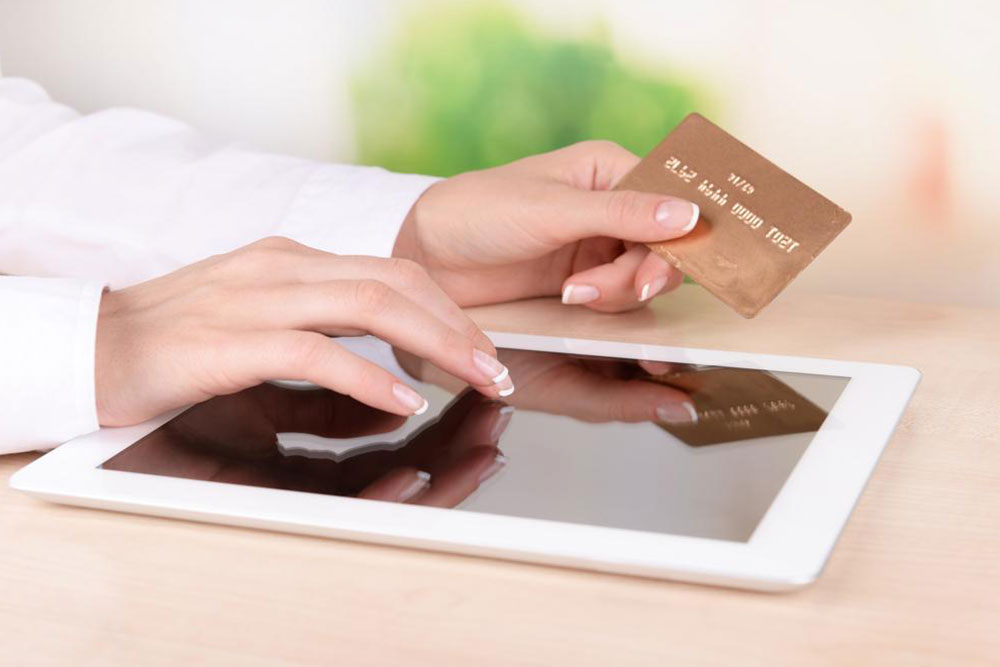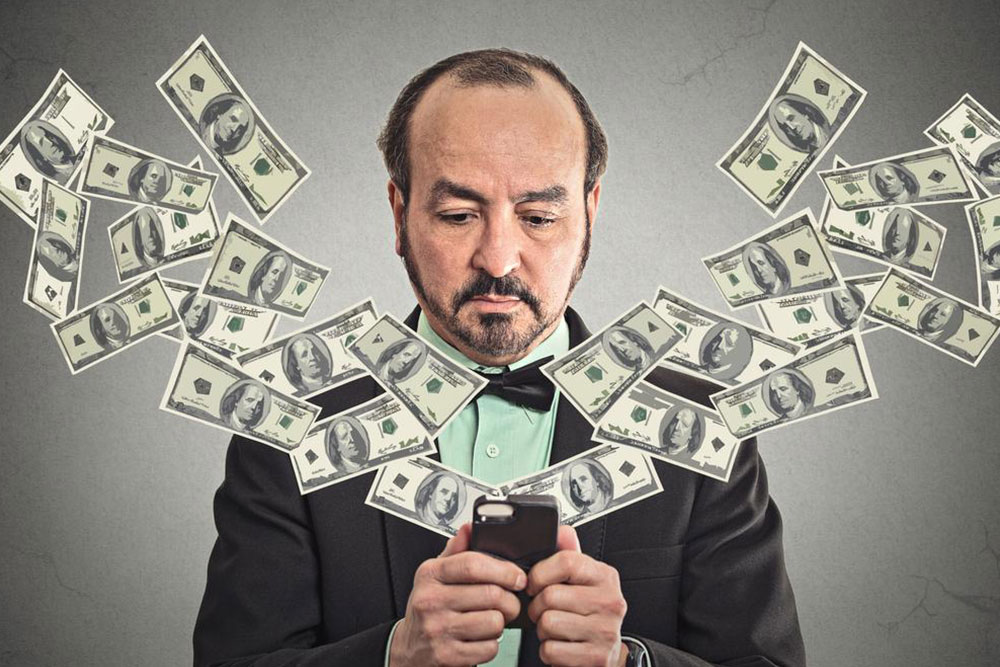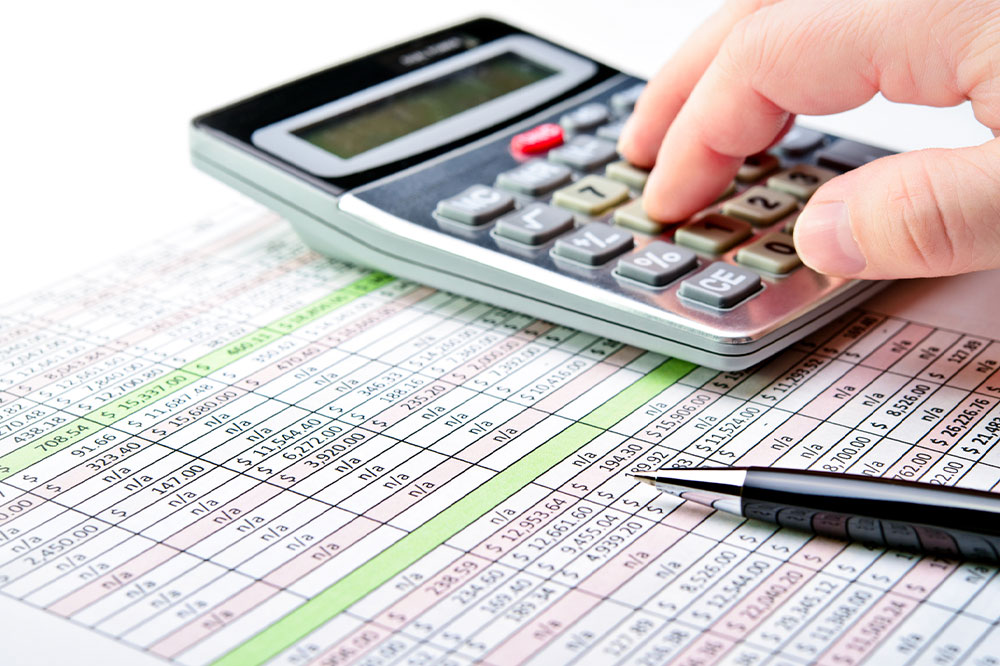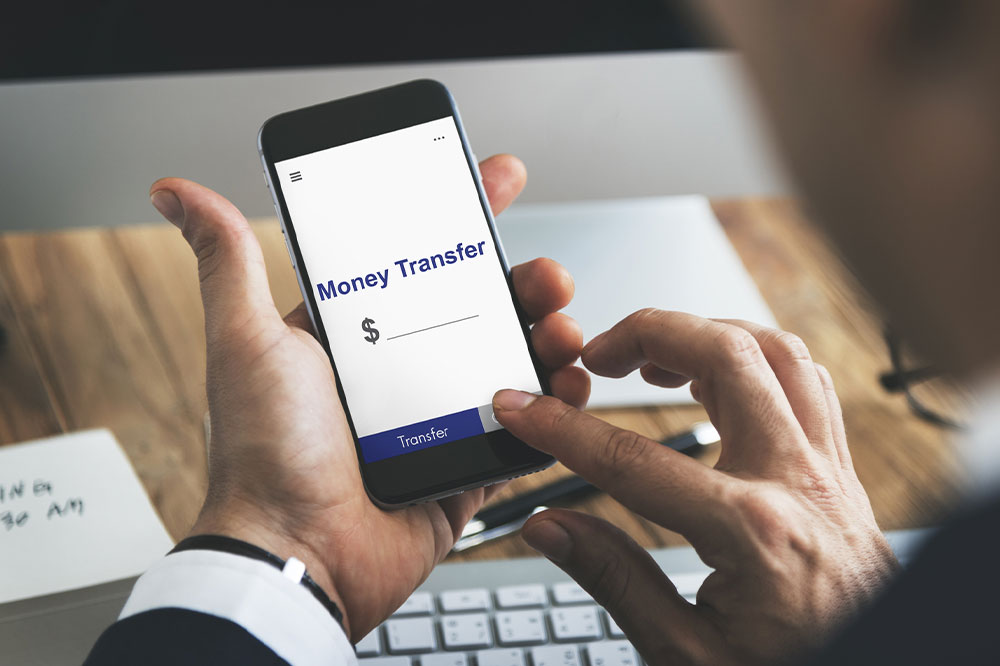Enhancing Everyday Financial Transactions with Mobile Wallet Technology
This comprehensive article explores how mobile wallet technology is transforming daily payments by offering faster, safer, and more convenient financial transactions. It covers different types of mobile payments, their functionalities, and future trends, emphasizing the importance of adopting digital solutions for modern financial management.

Modernizing Daily Payments Through Innovative Mobile Wallet Solutions
In today’s fast-paced world, mobile wallet technology has revolutionized the way we handle everyday financial transactions. As smartphones have become an indispensable part of our daily routines, traditional payment methods like cash and physical cards are gradually being replaced by digital solutions that offer unmatched convenience and security. Losing your phone is now less common than misplacing your wallet, making mobile wallets a safer and more reliable option for many users.
Mobile wallets enable users to effortlessly settle restaurant bills, transfer money to friends or family, and make purchases instantly—all from their smartphones, regardless of their location. This seamless integration of financial services into our mobile devices has significantly simplified the process of managing daily expenses, making payments faster, safer, and more convenient than ever before.
Various mobile payment platforms and methodologies are designed to cater to different user needs and preferences. These systems are continuously evolving to incorporate new features, enhance security measures, and expand usability across different types of transactions and environments.
Understanding the differences between these systems is essential for maximizing their benefits. Some mobile payment solutions require close physical proximity—like tapping your smartphone against a point-of-sale terminal—while others depend solely on robust internet connections to perform transactions remotely.
The primary types of mobile payment systems widely adopted include:
Point of Sale (POS) Payments: These are used extensively in retail environments, allowing customers to complete transactions by simply tapping their NFC-enabled smartphone or using QR code scanning at checkout counters. This method reduces wait times and eliminates the need for physical wallets.
Carrier Billing: Many telecommunications providers have integrated mobile wallet features that enable users to pay for digital content, utility bills, or purchases via their phone bills. This method involves entering a PIN or confirming a transaction through SMS, with charges added directly to the monthly phone bill, simplifying bill management.
In-App Payments: This approach allows for seamless purchases within a specific app. Whether shopping online, ordering food, or booking tickets, users can finalize transactions instantly without entering payment details repeatedly. This method enhances user experience by providing a quick and secure checkout process.
While most mobile wallet services are designed to be user-friendly and complement daily routines with minimal charges, some merchants or service providers may apply small transaction fees, especially for premium services or certain types of payments. Overall, mobile wallets are transforming how we handle everyday finances by making transactions more efficient, secure, and accessible from anywhere at any time.
As technology advances, expectations are set to grow for even more integrated and robust mobile payment solutions, including biometric authentication, tokenization, and AI-powered security features, to ensure user privacy and data protection. Embracing these innovations can significantly enhance the convenience and safety of everyday financial interactions, paving the way for a cashless society.
In conclusion, mobile wallet technology is not just a trend but a comprehensive shift in how we approach daily payments. With increasing adoption and continuous technological improvements, managing your finances has never been easier or more secure than with the modern mobile wallet.





